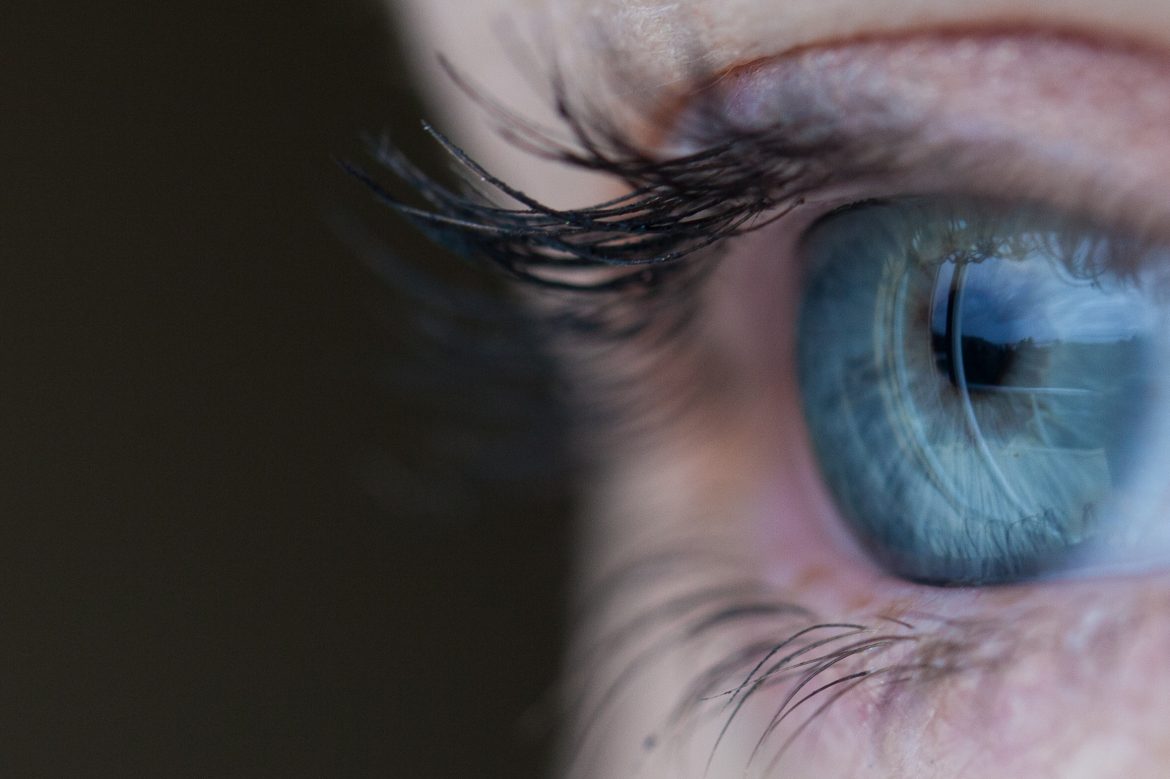
Bionic News for the Visually Impaired
Researchers from Monash University in Australia announced that they have developed a technology that will help visually impaired people regain their vision, albeit partially. Although an ambitious step while Elon Musk has just announced the Neuralink technology, which led to highly controversial opinions in the scientific community, researchers state that they can start human clinical trials if sufficient funding is provided.
The bionic eye (Gennaris Bionic Vision System) is the product of a project that’s more than ten years in the making. The eye bypasses damaged optic nerves and transmits signals from the retina directly to the brain’s visual processing centre. First, a series of implants consisting of 9×9 mm circuits are placed in the brain. A special headgear equipped with a camera and a wireless data transmitter sends the data to an external processor, the size of a mobile phone, and then sends it to the implant to be transmitted to the brain.
Professor Arthur Lowery of the Department of Electrical and Computer Engineering at Monash University says their technology creates “a visual pattern from combinations of up to 172 spots of light (phosphenes) which provides information for the individual to navigate indoor and outdoor environments, and recognize the presence of people and objects around them.” The design can also help with cases such as paralysis caused by spinal cord damage, or other nervous system disorders such as epilepsy.
In the experiments conducted in July, the Gennaris design was implanted in the brains of three sheep and worked for 2,700 hours without any adverse effects. It is not yet clear when human trials will begin.
Another “visual prosthetic” device developed at the Baylor College of Medicine in Houston, USA, also working with brain implants, was proven to enable the visually impaired to distinguish the shapes of letters.
Brain implants and brain-machine interfaces have been the subjects of rapidly advancing and challenging research in the past few years. Especially the projects conducted by Elon Musk’s company Neuralink are received a lot of suspicion from the academics. The general opinion is that Neuralink has not yet said anything that was previously unknown, and is, therefore, a bit over-hyped. Although Neuralink technologies, which require large investments, are well-praised, the common opinion is that there is a bit too much ambitious talk about what can be done with these technologies in the near future.
Regardless of the assertions, technologies and innovations related to the workings of the nervous system do not seem to slow down. We will “see” together if they will succeed in eliminating health issues that currently have no solutions.
REFERENCES
- 1. https://futurism.com/doctors-preparing-implant-the-worlds-first-human-bionic-eye
- 2. https://www.monash.edu/news/articles/opening-eyes-to-a-frontier-in-vision-restoration
- 3. https://www.bbc.com/news/technology-53987919
